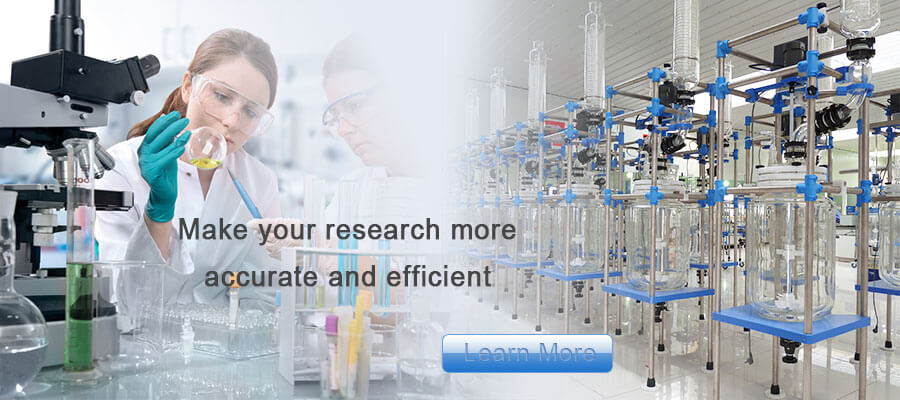-
A bottle of solution without any information, maybe is inorganic substance, also maybe is organic matter, how do you know there’s what matters in chemical solution?
-

-
For instance, there’s a bottle of solution you forget to tag, this solution is colourless, no smell, no special viscous, no reaction with glass vessel, shake the bottle also no foam like suds. Chemistry analysis always cost long time, and more important thing is that we need to use less as far as possible of the test solution, because the test solution is limited. So after simple observation to get some basic information, how can we detect the matter of unknown solution quickly and economic?
Based on more than 10 years laboratory test experience, TOPTION specialist list the below simple and economic methods to detect the matters of unknown chemical solution:
1. Measure PH.
Just need a drop of chemical solution and lowcost test paper, you can know it belongs to what kind of attribute. Red means acid, blue means alkali, if white the it’s oxidizing agent.
2. Test electric conductivity and reduction potential.
This step is very important at the beginning, as through test electric conductivity and reduction potential, you will know how many electrolyte in test solution, generally, it will tell you if there has inorganic solute. Reduction potential will help you to analysis if there contains oxide. These two test are simple and quickly.
3. Use UV-Visble and fluorescence spectra.
Although UV spectrum could not do qualitative detection, but it will help you exclude many organic matter, such as aromatic mixture and coordination compound will be absorpted in particular section. Besides, if good luck fluorescence spectra could help you find out this compound directly. Even though these two kinds test method could give you many information, we also suggest do these two test firstly, as they are lowcost and nondestructive testing.
4. TGA/DSC.
This is an essential step, put a drop of solution on platinum tray, heat slowly, measure weightlessness curve and heat absorption curve, then you will know solution concentration, if there has volatile matter and salt which will decompose under heating condition. This step will cost you some more time, you could use SEM-EDX to measure element component of solid which is produced by decomposition.
5. ICP-OES.
This test is expensive and also need more time, but can detect most of the elements of the periodic table, after detecting element component, you need to prepare standard sample then do quantitative determination.
6. GC-MS / HPLC / CE (capillary electrophoresis).
Arive this step, you can have a general understanding of unknown solution. The difficulty of these methods is that the test condition was determined by composition of the test solution. No matter GC or LC, choose right column and correct velocity is very important. If you don’t know what solution you need to analysis, it’s difficult to choose test
condition.
More assistant test method, welcome contact with TOPTION specialist
. As star lab solution provider
, TOPTION mission is make your research more accurate and efficient. We have strong specialist team to provide professional lab solution, also have strong production capacity to meet your lab instruments need, welcome contact us now
!
